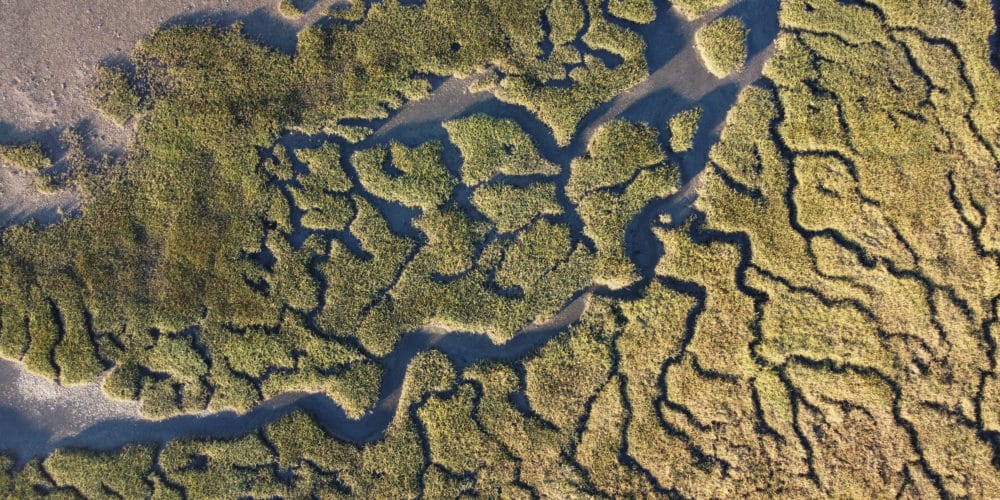
The 27th Conference of the Parties held at Sharm el-Sheikh has drawn to a close. As with the previous COPs it has had mixed results. There was a positive development in the agreement to set up the loss and damage fund to help the poorest countries- but overall it did not deliver that which was urgently needed- a binding target on the big emitters whose economies are still mainly powered by fossil fuels. At the start of the conference Alok Sharma (President of the 26th United Nations Climate Change Conference and British Politician) warned that this was the last opportunity that world leaders had to ensure that the global temperature would not exceed 1.5 degrees c.
But with the failure to agree on binding targets, especially from the three biggest emitters China, US and India, it is looking almost certain that the critical 1.5°C goal set by the Paris COP in 2015 is not going to be achieved.
This should be ringing alarm bells across the world. We are already experiencing the effects of climate change from the 1.1°C rise that we have had so far. And of course, things will get a lot worse once we get to the 1.5°C of warming. But it is at least far better than a 2°C rise within the next 20 years.
That extra half degree additional increase may sound relatively modest but the global effects on both ecosystems and humans would be profound. For example, at 1.5°C of warming 8 % of plants will lose their habitable area but this doubles to 16% at a 2°C rise. A 1.5°C rise is predicted to destroy 70% of the world’s coral reefs but a 2°C rise will wipe them out entirely.
Unlike many environmental issues where there is uncertainty about the state of degradation, with climate change, the critical number of atmospheric CO2 is there for all to see, and it cannot be fudged. As is well known the pre-industrial level of atmospheric CO2 was 280 ppm and is now at 415 ppm. The worrying thing is that despite all the COPs over the last 27 years, the rate at which CO2 is being pumped out across the world is not decreasing. At the moment the atmospheric CO2 ppm rate is going up by about 2.40 ppm per annum and so should comfortably hit the critical marker of 450 ppm within the next 15 years or so. When that happens, we will be taking the planet into a highly dangerous state of 2°C of warming.
Climate change does not work in a fair way. As a general rule, those that have contributed the least will suffer the most. So the consequences are tragically unfair because it will be the poorest in the world who will be the most affected. This issue is explored at length in the IPCC Sixth Assessment report in Chapter Eight, Poverty, Livelihoods and Sustainable Development. In paragraph 8.2.1.1 we read the stark warning that ‘risk of extreme impoverishment increases for low-income people experiencing repeated and successive climatic events, whereby before they have recovered from one disaster, they face another impact’.
These impacts will inevitably cause an increase in the number of climate refugees. This can result from land being lost from sea level rises and areas becoming too arid to grow crops or for animals to graze. Sadly it is very likely that water shortages will lead to conflict in parts of the world which will add to the problem. It is very difficult to predict the number of climate refugees, but the Institute for Economics and Peace has estimated that 1.2 billion people could be displaced globally by 2050 due to climate change and natural disasters.
Not surprisingly Africa is likely to be the continent whose population is most affected by climate change. The IPPC Sixth Assessment report says (chapter 9) that by 2030, about 250 million people may experience high water stress in Africa, with up to 700 million people displaced as a result. We then need to think where would all these people go. Over the last year, Europe has been highly challenged by migrations of a few million people both from climate change and from the war in Ukraine. But how on earth would we, or could we, manage with an influx of several hundred million.
A final thought is to think about the narrow band that life has to flourish. The average temperature of the earth is around 13.9 degrees and so it can be seen that a 2°C rise would represent an overall warming of around 15%. That will put us all in a very dangerous place that humanity has never had to face before. We, therefore, need to hope that for the next COP in Abu Dhabi there will be a much greater sense of urgency and an acceptance that we are all in this together and that mandatory targets will be essential for all of the world’s leading economies.
Climate change is a reality that demands a series of immediate and concerted responses. If you have been considering where your own organisation might start to respond to both the wider threat of climate change, and to the inherent risks faced by our businesses and clients, our Climate Change white paper is an incredibly good place to start.

Written by Simon Boyle, Solicitor, Landmark Information Group
